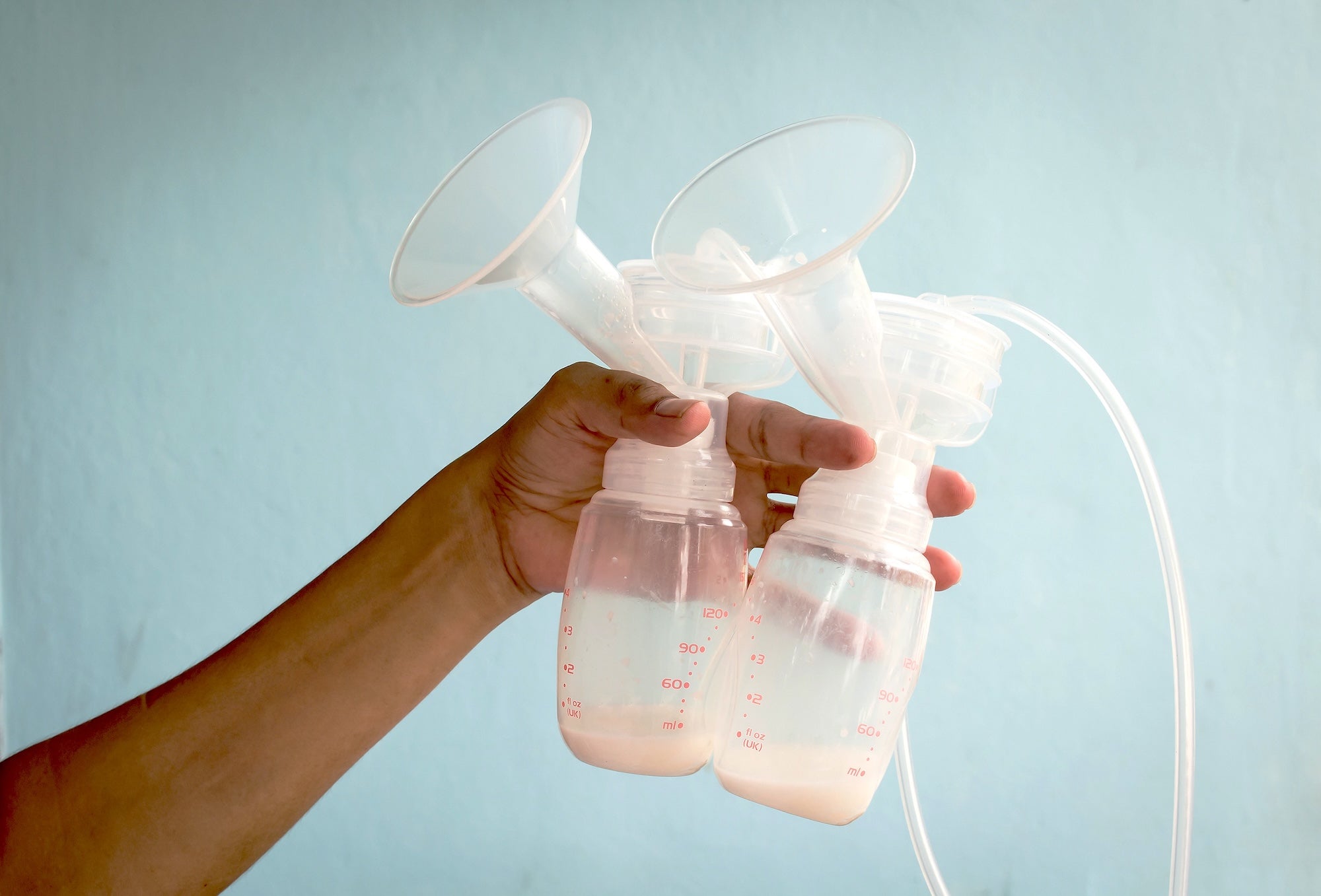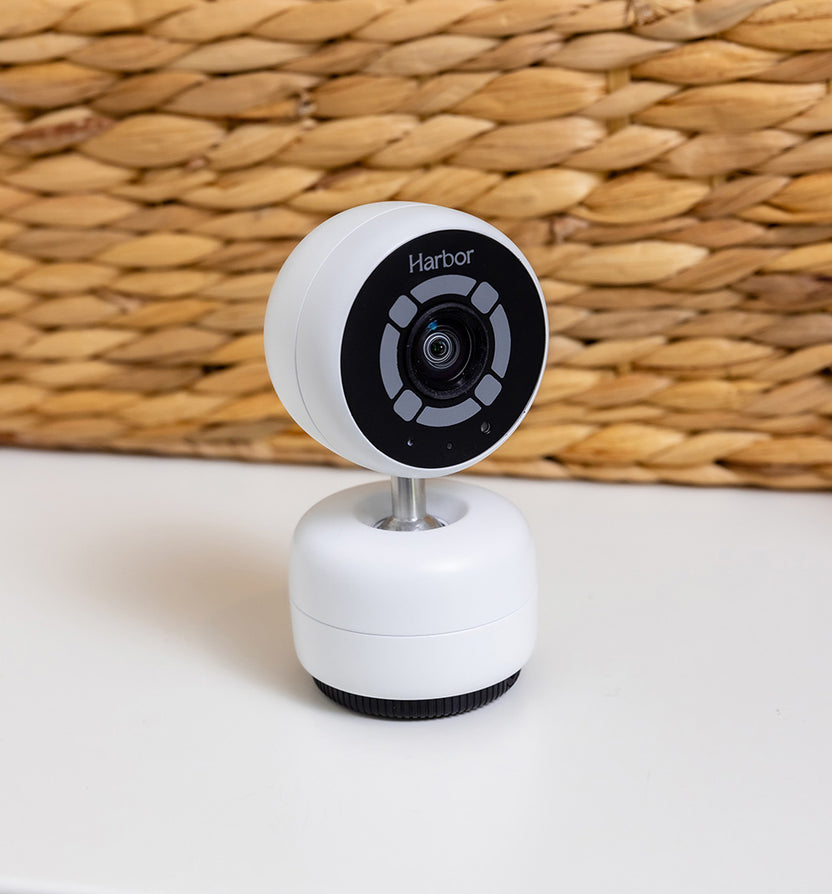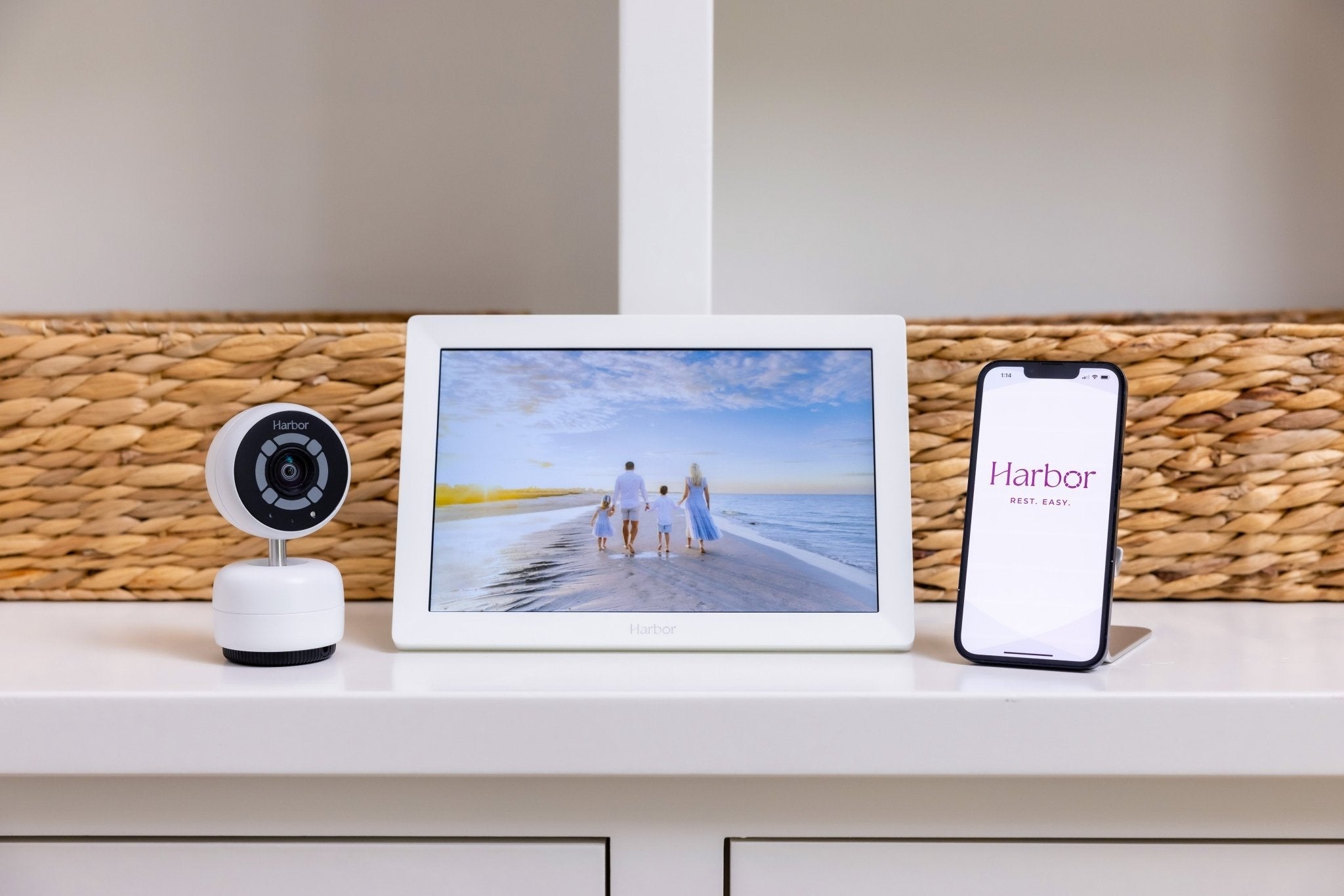
Written by Harbor Sleep Ambassador Britney Noel (with insight provided by Abigail Miles, RN, IBCLC)
When it comes to successful pumping, flange size is one of the most important yet overlooked factors. An ill-fitted flange can lead to discomfort, decreased milk output, and even long-term issues like nipple damage. As every woman’s body is unique, finding the right flange size is crucial for a comfortable and efficient pumping experience.
Understanding how to measure for the correct flange size, knowing when to re-measure, and why these adjustments matter can make all the difference in your pumping journey.
What is a flange?
The flange is the part of the breast pump that fits over the nipple and areola, creating a seal that helps to express milk. Flanges come in different sizes, typically ranging from 21mm to 36mm, to accommodate various nipple diameters and shapes. Using the proper flange size ensures that milk is expressed efficiently, while an ill-fitting flange can lead to pain, reduced milk output, and even skin damage.
Why does flange size matter?
Having the correct flange size is essential for several reasons:
- Comfort: An ill-fitting flange can cause discomfort or pain during pumping. A flange that’s too tight can cause pinching, while one that’s too loose may result in inefficient milk removal and soreness.
- Milk flow and output: Using the wrong size flange can affect milk flow and lead to lower output. When a flange is the right size, your pump can work more effectively and you'll likely express more milk in less time!
- Prevent nipple damage: Flanges that are too small or too large can create friction and cause chafing, cracking, and nipple damage. Proper sizing minimizes this risk.
How to measure for the correct flange size
The goal when measuring for a flange is to ensure that the nipple moves freely inside the tunnel of the flange without too much rubbing or constriction. Here’s how you can measure yourself for the correct flange size…
1. Assess nipple size
Start by measuring your nipple when your breast is relaxed and not engorged. You can do this by using a flexible ruler or a piece of string to measure the diameter of your nipple (the base of the nipple, not the tip). It's important to do this when your breast is neither overly full nor too soft, as this will give a more accurate measurement.
2. Add room for movement
Once you have your nipple diameter, you’ll want to select a flange that allows for some room around your nipple—the flange should not be too tight. Most manufacturers recommend choosing a flange size 2-4 millimeters larger than the diameter of your nipple for comfort and efficiency. For example, if your nipple measures 18mm in diameter, a 21mm flange would likely be the best fit. If your nipple measures 20mm, you’d want to look for a 24mm flange.
3. Check for proper fit during pumping
Once you’ve selected a flange, see how it feels during a pumping session. The nipple should be able to move freely within the flange tunnel without rubbing against the sides or causing discomfort. If the nipple is being sucked in too tightly or if you experience pain, the flange size may be too small.
You should also check that the areola (the darker area around the nipple) doesn’t get sucked into the tunnel. The flange should cover the nipple but leave the areola largely outside the flange’s tunnel. If you notice excess areola tissue being pulled into the flange, it may be too large.
4. Watch for signs of poor fit
- Pain or discomfort: If you experience pinching, pulling, or soreness, your flange may be too small or too large.
- Milk flow issues: If your milk flow is slow or inconsistent, a poor flange fit could be the culprit. The wrong flange size can also cause blocked ducts, which may reduce milk supply.
- Nipple damage: Cracked or sore nipples can signal that the flange doesn’t fit or that the pump suction is too strong.
When to re-measure and adjust your flange size
Your breast and nipple size can change over time, so you may need to re-evaluate your flange size as you continue your pumping journey. Here are a few situations where you should consider re-measuring…
1. After the first few weeks postpartum
In the early days of breastfeeding and pumping, your breasts may be swollen and engorged, making it difficult to measure accurately. After a few weeks, your body will likely return to a more stable state and your nipple size may decrease slightly. This is a good time to check your flange size!
2. If your milk supply changes
Changes in milk supply can also affect nipple size. If you’ve noticed significant changes in your milk output (either an increase or decrease), it’s worth checking your flange size. For example, if your milk supply increases significantly, your breast and nipple size may grow, requiring a larger flange.
3. If you experience pain or discomfort
If you’ve been pumping for a while and suddenly start experiencing pain or discomfort, it could be a sign that your flange size needs adjustment. Changes in breast tissue, hormonal fluctuations, or even the physical effects of pumping can affect the flange’s fit over time.
4. When returning to work or adjusting your pumping schedule
If you’re pumping more or less frequently, your breasts may change in response to these shifts in demand. More frequent pumping may lead to an increase in breast tissue size, while less frequent pumping could cause some shrinkage. Re-measuring after a change in routine is always a good idea!
What if I need a different size flange?
If your current flange isn’t working, you may need to try a different size. Fortunately, many breast pump brands offer a variety of flange sizes and even allow you to purchase additional sizes.
Some brands also offer adjustable flanges or a variety of flange inserts that allow for more flexibility. If you’re unsure about what size to choose, contact a lactation consultant for personalized guidance!
Let’s review
Choosing the right flange size is essential both for your comfort and your milk supply. Properly sizing your flange can reduce pain, increase pumping efficiency, and prevent long-term nipple damage. Keep in mind that your size may change over time, so re-measuring periodically is just as important as finding the right size in the first place.
Ultimately, the goal is to ensure a comfortable and productive pumping experience, allowing you to nourish your little one while also taking care of yourself. Pumping should never be painful! If you find yourself flinching or cringing at the thought of pumping, a lactation consultant can work with you to find solutions.
Download Harbor's Breastfeeding Checklist here!




